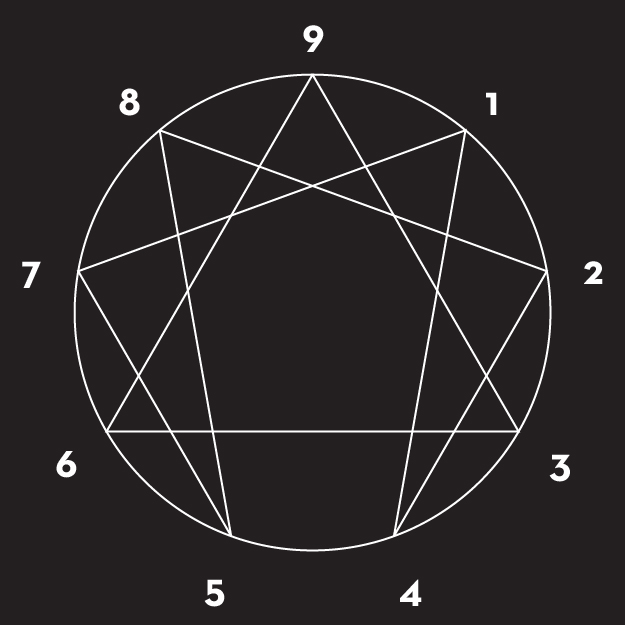
Perhaps you’ve heard about the Enneagram model of personality typing. Represented by a geometric shape with nine points, the Enneagram describes nine basic personality types, including their key motivations, fears, and tendencies.
The Enneagram is coming more into the mainstream lately, with books, blogs, podcasts, and Twitter accounts exploring its ideas. Consequently, there are many online tests to help you determine your Enneagram type, but one of the simplest methods is to read about each type’s basic fear and decide which one rings true for you. Or, if you’re an editor, these foolproof, totally scientific descriptions might help you narrow it down.
Type 1: The Reformer
Ones are rational, idealistic perfectionists. They’re motivated by the desire to be right, improve things, and avoid criticism. As editors, Ones strive to produce error-free work. They’re known for their attention to detail and high standards—but even though their work is consistently excellent, they’ll still beat themselves up over a typo they missed three years ago.
Type 2: The Helper
Twos are sincere, caring people pleasers. They want to be loved, needed, and appreciated. As editors, Twos are cheerful, humble, and generous. They’re proud of the fact that colleagues can count on them to pitch in, bosses rely on them to go the extra mile, and authors appreciate their respectful and thoughtful queries.
Type 3: The Achiever
Threes are competitive, ambitious performers. They’re motivated by a desire to succeed and to be admired. As editors, Threes want to distinguish themselves from their colleagues. They may volunteer for hard assignments, work lots of overtime, or be first to answer an obscure question about grammar or usage—anything to fuel their competitive nature and impress others.
Type 4: The Individualist
Fours are artistic, introspective nonconformists. Because they see themselves as being fundamentally different from their peers, they are motivated by self-expression. As editors, Fours express their individuality and surround themselves with beauty by editing poetry or literary novels—or simply suggesting elegant, striking revisions to convoluted business or technical text. Their workspace may have a minimalist, modern, or bohemian aesthetic—whatever inspires them.
Type 5: The Investigator
Fives are cerebral, insightful experts. They’re motivated by a strong desire to acquire knowledge. Their intellectual curiosity and ability to dissect complex ideas make them excellent technical editors. With their boundless desire for knowledge, you might find them taking a workshop on scientific or medical editing, researching trademark law or ethical issues, or chasing rabbit trails through any dictionary or style guide.
Type 6: The Loyalist
Sixes are responsible, cautious troubleshooters. They want to anticipate and solve for problems in their environment. As editors, Sixes are reliable, dependable, and hard working. Their natural skepticism and cautious nature mean they’re usually the go-to fact checker and “last set of eyes” on big projects.
Type 7: The Enthusiast
Sevens are friendly, enthusiastic visionaries. They’re motivated by trying new things and having fun, meaningful experiences. As editors, Sevens are practical, versatile, and optimistic. With their zest for life and passion for new experiences, they’re likely to be learning a new language, traveling to an editing conference, or brainstorming ideas to innovate their workplace.
Type 8: The Challenger
Eights are confident, powerful protectors. They want to be self-reliant and to be in control. As editors, Eights are assertive, decisive, and charismatic. They like to be in charge and thrive in any leadership role, such as assigning edits, managing large projects, or even being the keeper of the style guide.
Type 9: The Peacemaker
Nines are enthusiastic, easygoing optimists. They want their environment to be harmonious and conflict-free. As editors, Nines are grounded, affable, and collaborative. They are flexible in disagreements, rather than insisting on getting their way, and can diffuse difficult situations, which is a boon for managing relationships with clients and writers.
I hope those descriptions provided some clarity, but if you’d like to take a deeper dive, check out the Enneagram Institute or the Typology podcast.
This post was written by Molly Gamborg, an editor at Dragonfly Editorial.


